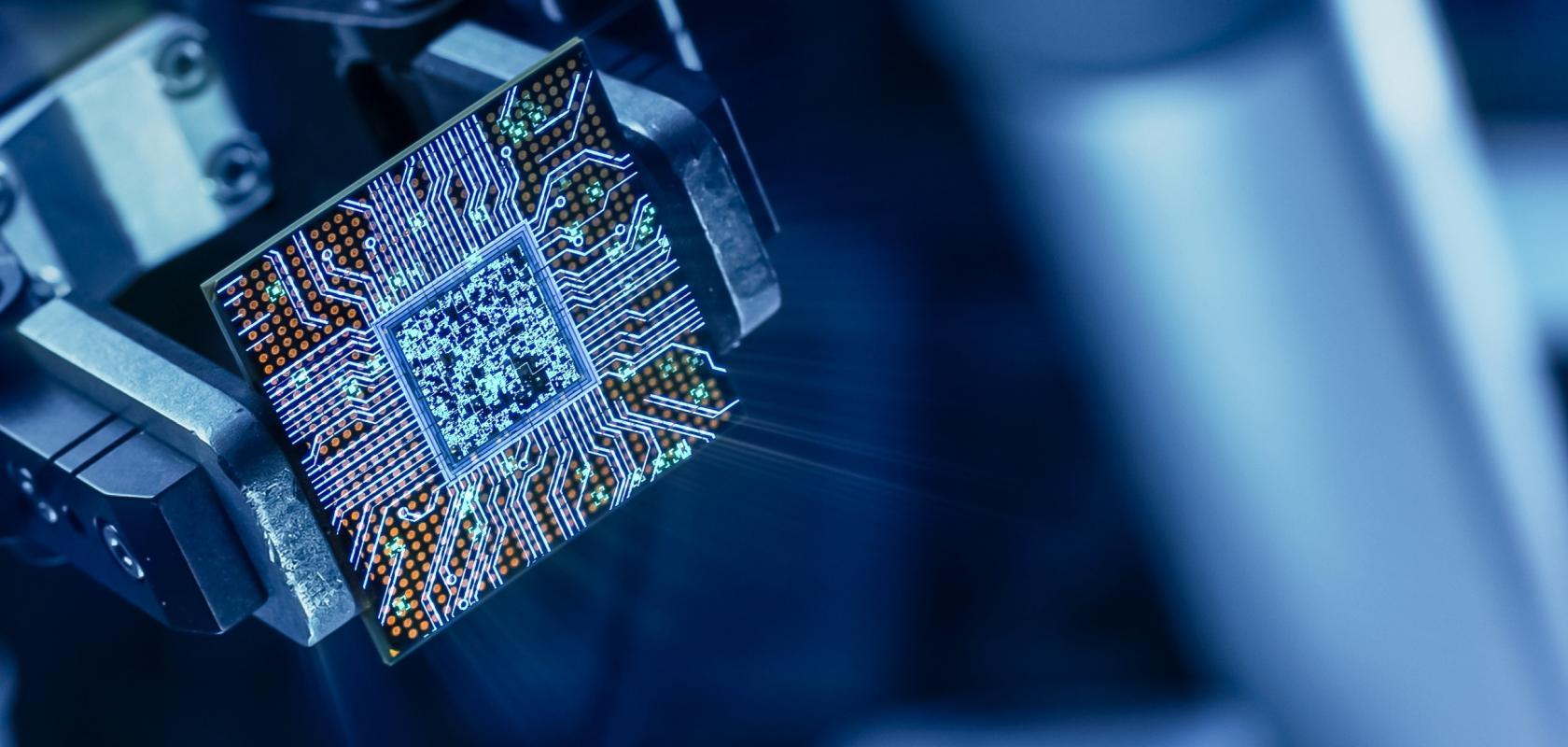Photonic computing startup Lightmatter is aiming to eliminate the data bottlenecks that burden AI workloads with the development of ultra-fast optical connects that synchronise hundreds of GPUs at once.
As artificial intelligence continues to drive the need for immense computational power, the resulting issue of interconnect bottlenecks is becoming one of modern data centres’ biggest limitations, but there’s more to high-performance computing than simply plugging in additional CPUs or GPUs, and the efficient scaling up of hardware infrastructure has proven complex.
Data centres’ efficiency is dictated by the speed of its interconnect layers – systems that allow various computing units to communicate. Now, with $400m in Series D funding, Lightmatter is hoping to apply its optical interconnect layer, allowing hundreds of GPUs to work in harmony, streamlining the training and deployment of AI models.
“AI is evolving faster than anyone could have predicted, pushing the limits of data centre technology,” said Erik Nordlander, General Partner at Google Ventures, one of the investors. “Photonics isn’t just a breakthrough; it’s the future of million-xPU data centres for AI.”
Lightmatter opens safe passage through interconnect bottleneck
The $400m financing, which values the company at $4.4bn – and brings to total amount of raised capital up to $850m, Lightmatter will prepare its Passage technology for mass deployment.
“With Passage, we’re setting a new standard for performance and breaking through the barriers that limit AI computing,” said Lightmatter CEO and co-founder Nick Harris. “This funding accelerates our ability to scale, delivering the supercomputers of tomorrow, today.”
Scaling AI’s workload
As AI expands and training clusters surpass 100,000 XPUs, traditional electronic interconnects can’t keep up with AI’s need for the high-bandwidth movement of data. Passage moves the data by leveraging 3D-stacked photonic chips instead, increasing AI cluster bandwidth and performance, while also reducing power consumption. Meanwhile, Passage also frees XPU shoreline to support more memory, addressing another critical bottleneck to scaling up AI performance,
Supporting the growth of AI
Tony Wang, portfolio manager of another Lightmatter investor, the T. Rowe Price Science & Technology Fund, said: “The demand for AI supercomputers that will power the next wave of frontier AI models is strong and growing.”, while Google Ventures’ General Partner Erik Nordlander shared the sentiment: “AI is evolving faster than anyone could have predicted, pushing the limits of data centre technology. Photonics isn’t just a breakthrough; it’s the future of million-xPU data centres for AI.


